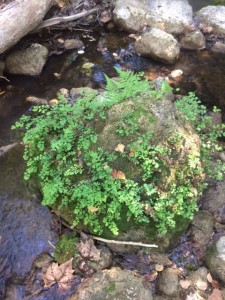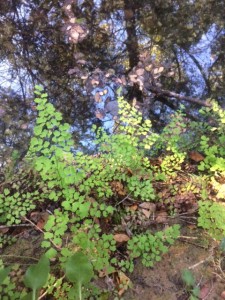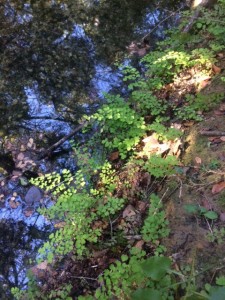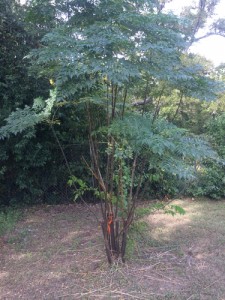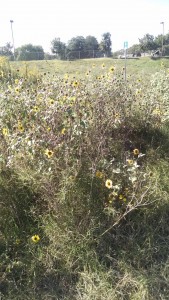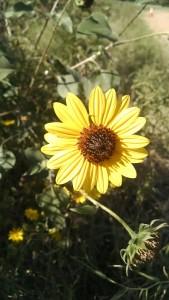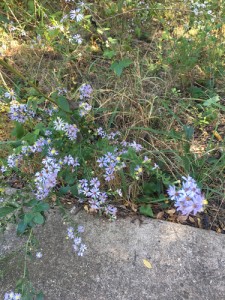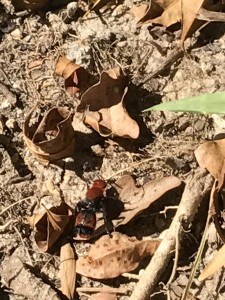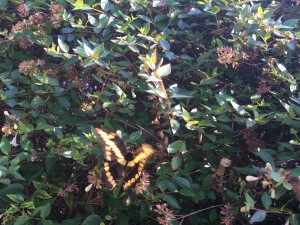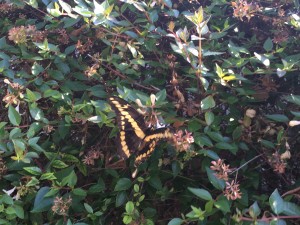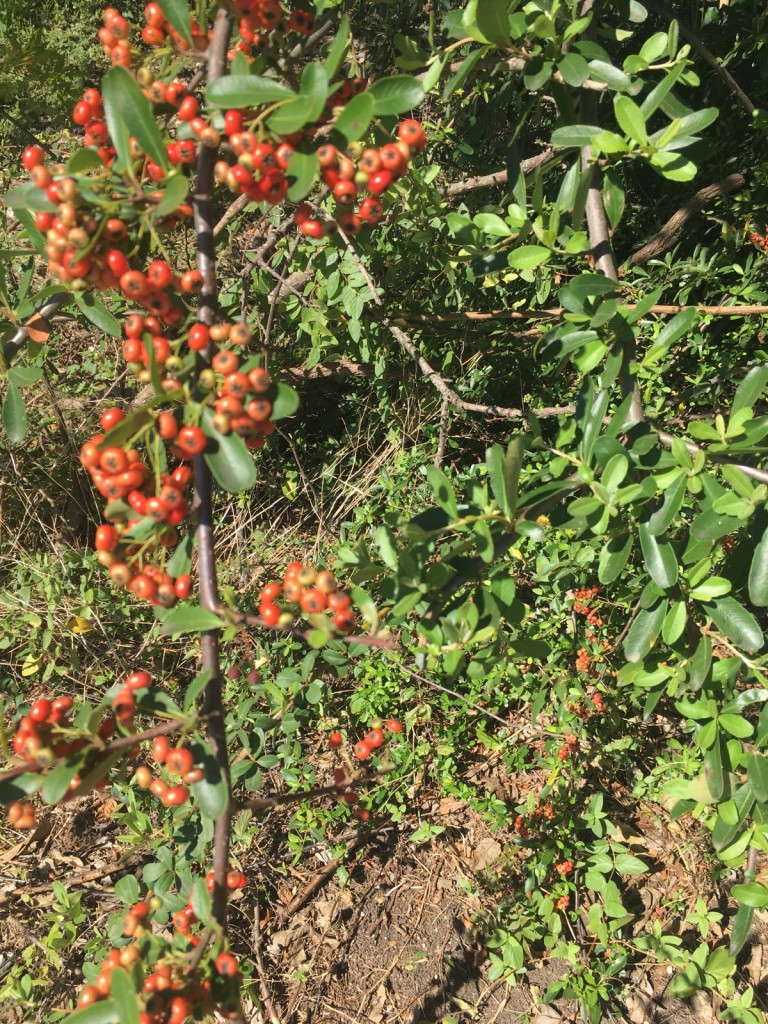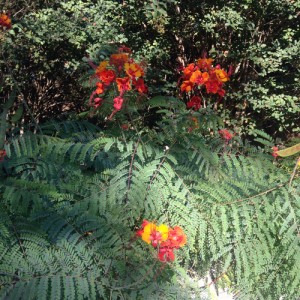As I’ve become familiar with the different plant species that can exist in riparian areas through my research this semester, this fern is one of my favorites. It usually grows close to a water source, and can be found growing along banks and even on rocks (like below).
My research group was initially unsure of the identity of this plant but after having help from our research assistant who was familiar with the species, we agreed that this was a type of Maidenhair Fern. Upon uploading the observation and photos to iNaturalist, multiple community members have further identified the species as a Black Maidenhair Fern, or Adiantum capillus-veneris. My iNaturalist observation can be found here.
Black Maidenhair Ferns are native to the southern half of the United States, and on down through Mexico and Central America to South America. It exist where moisture is high and it is commonly cultivated as a houseplant. More on the Black Maidenhair Fern can be found here.
